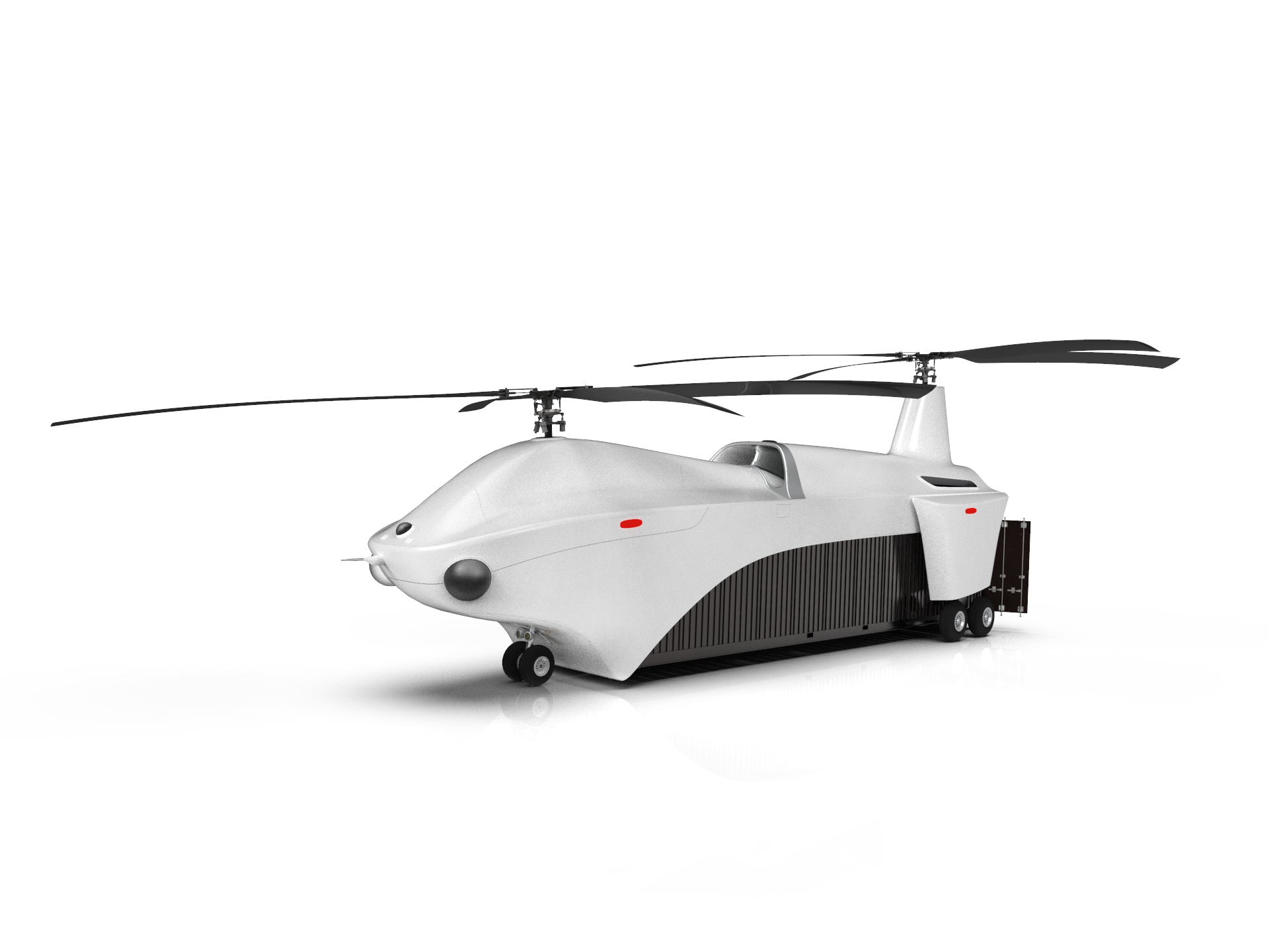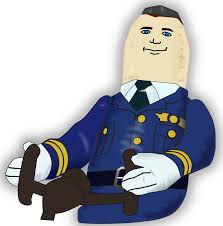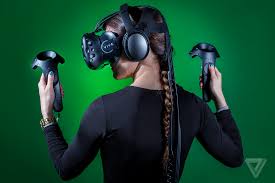Autonomous Cargo Drone
The cargo drone is designed for lifting a 40′, 20′ or 10′ shipping container weighing up to 10 metric tons for a distance of at least 435 miles (700 kilometers) without the use of an on-board pilot. The cargo drone will have the following characteristics:


Moving shipping containers over crowded roads
The cargo drones are designed to carry whole shipping containers thus limiting the number of times the containers are opened and reducing the opportunity for content loss.
Light-weight Composite Construction
In order to minimize the weight of the drone, the airframe and fuselage will be made from carbon fiber composites that are stronger than steel and 25% of the weight.
Power Plant
In order to lift the total weight of the container and the drone, the drone will use twin turbine helicopter engines capable of more than 3,000 shp.
Tandem Rotors
The drone is equiped with a tandem rotors in which the rear rotor is raised above the front rotor. Each rotor has a blade diameter of 49′.
Cameras
The drone has 4K cameras mounted around and under the fuselage with infrared cameras built into the front camera bubbles and placed on the bottom. The images from these cameras will be used to analyze objects aorund and under the drone so that the AI software can make decisions on route changes.
Aircraft Cargo Cage
Underneath the drone is an Aircraft Cargo Cage that is used to attach to the container and lift it into the cage that will close around the lifted container. Sensors and cameras mounted in it to monitor the condition of the container and to compensate for weight shift during flight.
4 Hours of Flight Time
The drone is equipped with fuel cells that will collectively hold 1000 gallons of jet fuel A. This is enough fuel for the drone to stay aloft for over 4 hours.

Autonomous Flying System
The Autonomous Flying System is a set of software and hardware that integrates into the drones control system and will manage the drone based on instructions that are downloaded from the owner/operator.
VR Pilot System
Should there come a time when a human pilot must take over the drone, the pilot will use our VR application to control the drone. This is done via a VR headset and gloves, no other equipment will be required.

